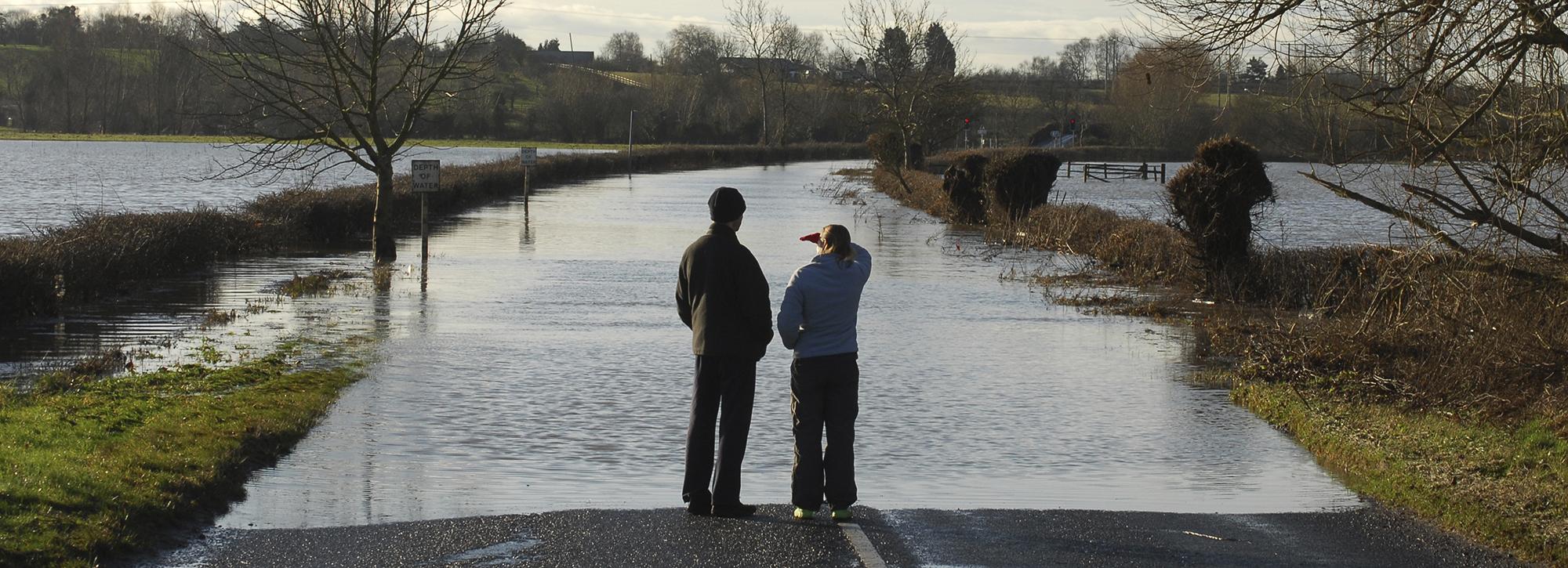
Tackling uncertainty in flood forecasting
The threat of increasing storms and rainfall, coupled with expected sea level rise, makes flooding one of the most serious global risks we face. Accurate forecasts which enable us to predict floods more precisely are essential to managing this challenge, and to lessen its impact on communities and the environment. Scientists at HR Wallingford have produced a paper to support flood forecasting practitioners in their selection of the most appropriate uncertainty methods to use when compiling flood forecasting systems.
Uncertainty affects each element in a flood forecasting system. Sources of uncertainty will vary depending on the particular system, but can include meteorological forecasts, measurements and observations, or variations in the initial conditions such as soil moisture, snow cover or the initial state of a river.
Research over the past 20 years has led to a growing range of techniques available in flood forecasting literature which can be used for quantifying uncertainty, sensitivity, risk and decision analysis. However, there are no well-accepted guidelines on how to implement these techniques for the numerous sources of uncertainty that affect flood forecasting systems.
For flood forecasters, this means that identifying which uncertainty method is most suitable for a particular application is not a straightforward question. It can be difficult to identify where the strengths and weakness of a particular method lie when applying a method in practice.
To address this challenge, the paper concentrates on describing what information two established uncertainty methods can provide to flood forecasting processes. Two operational fluvial flood forecasting systems in Belgium and Canada are considered, and the main assumptions behind the methods, their strengths and weaknesses are explained, in a way that is easy to follow for both specialists and non-specialists.
The paper also suggests a series of practical steps which flood forecasters can use to select a method and to apply uncertainty in a current or future flood forecasting system.
Leonore Boelee, Scientist in HR Wallingford’s Flood and Water Management Group, and the paper’s lead author, said: “We hope that by clarifying what specific information the different types of uncertainty methods use in flood warning processes, practitioners will find it easier to select the most suitable method for a particular application. This should lead to more accurate flood forecast information, as well as longer lead times between an issued warning and the arrival of a predicted flood which will help to protect communities in flood risk areas.”
Want to know more?
Further information
